81 F. high in the Twin Cities Sunday.
81 F. average high on August 17.
82 F. high on August 17, 2013.
.22" rain fell at MSP International Airport as of 7 PM Sunday
.
August 17, 1953: Four heifers near St. Martin were lucky; a tornado picked them up and set them back down again, unharmed.
Perpetual Thanksgiving
"I
just want to celebrate - another day of living" sang Rare Earth in
1971. The older I get the less I take for granted. Like a wife who
hasn't kicked me to the curb in 30 years, great friends, and a father
who just turned 84 - still able to travel & recall stories that
leave me shaking my head in wonder.
With the daily challenges and
setbacks of life it's easy to lose sight of a simple truth: we were all
very lucky to have been born in this time and place. Most of the planet
would love to have our problems.
America is also home to the most
severe weather on Earth. Why? No east-west mountain range like the Alps
in Europe - nothing to block the movement of cold and hot; setting up a
recipe ripe for meaty, momentous storms.
That temperature tango
plays out overhead this week, sparking a Conga Line of storms. The NAM
prints out 1-2 inches rain today; 90s and even a few 100-degree highs to
our south over Iowa later this week. No blast-furnace heat here, but
expect a muggy start to the State Fair with a few thundery lumps,
especially Saturday. Canada flushes cooler, drier air south of the
border by Sunday with a dew point in the 40s.
I wonder if Canadians complain about "American Air"?
Sunday Soakers.
As much as 4-5" of rain was reported near Welch, far southeast metro,
triggering flash flooding, even a few roads washed out from the sudden
deluge. 1-2" amounts were common over the far southern and southwest
suburbs, with 4-5" reported near Montevideo, nearly 4" at Glenwood, from
slow-moving thunderstorms. Doppler radar rainfall estimates courtesy of
the MPX National Weather Service.
A Volatile Atmosphere.
Drier air pushing southward (dew points in the 50s over northern
Minnesota) created a sharp frontal boundary Sunday; dew points in the
low 70s over much of southern Minnesota - truly tropical air. A cold
twist of air aloft helped to ignite thunderstorms, and although they
were below severe criteria, relatively slow forward motion created
significant rainfall amounts south and west of the Twin Cities. More
storms fire along that same boundary again today. Sunday afternoon
visible loop: NOAA and HAMweather.
A Fleeting June Flashback.
No, this won't be a rerun of June, historically the wettest month on
record, statewide, for Minnesota. But slow-moving storms will drop
another 1-3" of rain today, with the heaviest amounts south of the
Minnesota River. Heavy showers and storms push into the Great Lakes,
another swarm spreading from the Ohio Valley and Mid South into the
Carolinas. 4 KM NAM accumulated rainfall: NOAA and HAMweather.
A Sticky Week - September Breeze by Sunday?
Long-range guidance shows the best chance of showers and T-storms
today; again Saturday. Expect a sticky week with dew point consistently
in the 60s to near 70 thru Saturday, highs pushing well into the 80s
again later in the week (probably warmer than displayed above,
especially Thursday and Friday when mid and upper 80s are possible).
European guidance suggests a sharp cool frontal passage late Saturday
with dew points tumbling into the 40s, even some 30s by Sunday and
Monday. Right now Sunday looks like the better/drier/sunnier, more
comfortable day to troll the Minnesota State Fair.
An End To The Midsummer Dry Spell over Southern Minnesota?
Farmers were beginning to worry a bit, fearing another "flash drought"
similar to August of 2013. Sunday's rains helped alleviate some of those
fears, and more heavy showers and storms today should put a dent in the
recent dry spell.
The Minnesota DNR explains that between June 15 and August 12 rainfall amounts over parts of southern MN were 2-5" below average: "...
As of August 12, the Drought Monitor
shows that a small area of south central Minnesota has been categorized
as "Abnormally Dry". So why has the drought been slow to return to
Minnesota? There are two main reasons. One is that this summer dry spell
came on the heels of the wettest June on record
for the state, and secondly it hasn't been too warm. The preliminary
statewide average temperature departure for July 2014 was the same as
the Twin Cities at 2.3 degrees below normal. August so far has had a
pattern of near normal temperatures, with a lack of extreme heat. So far
for the Twin Cities, there have only been two days of 90 degrees or
more. By this time in 2013 there were nine by August 14..."
 U.S. Forest Service Chief Talks Wildfires, Funding
U.S. Forest Service Chief Talks Wildfires, Funding. Here's some information I didn't know, an excerpt of a story at
The Desert Sun: "...
We
have 31 uncontained large fires in Idaho, California, Washington,
Oregon and Montana. The number of fires compared to the past 10 years is
a little bit lower. However, when you look at last year, where we had a
very active fire season, we had fewer fires (at) this time than we have
today. We're seeing very large fires. Washington is having the largest
wildfire in the history of the state. This tracks with what we've been
seeing almost every year. There's a new state record. Last year, (it)
was California. The year before that it was New Mexico. Arizona two or
three years ago set a record..."
File photo above: Reuters.
The Internet's Original Sin.
The inventor of (hated) pop-up ads talks about the transition from
advertising to surveillance to monetize (free) web use. Or as I remind
people if the service is free you're the product. No, the NSA has
nothing on Facebook and Google. Here's an excerpt from a fascinating
article at
The Atlantic: "...
The
fiasco I want to talk about is the World Wide Web, specifically, the
advertising-supported, “free as in beer” constellation of social
networks, services, and content that represents so much of the present
day web industry. I’ve been thinking of this world, one I’ve worked in
for over 20 years, as a fiasco since reading a lecture by Maciej Cegłowski,
delivered at the Beyond Tellerrand web design conference. Ceglowski is
an important and influential programmer and an enviably talented writer.
His talk is a patient explanation of how we've ended up with
surveillance as the default, if not sole, internet business model..."
Image credit above: "
Hendrik Goltzius' "The Fall of Man" (1616)" (Wikimedia Commons).
TODAY: T-storms likely, locally heavy rain. Dew point: 70. Winds: SW 10. High: 81
MONDAY NIGHT: More T-storms, some heavy. Low: 66.
TUESDAY: More clouds than sun. Lingering storms, mainly over Wisconsin. High: 79
WEDNESDAY: Fading sun. Late night storms? Wake-up: 63. High: 81
THURSDAY: Steamy sun, almost hot. Dew point: 67. Wake-up: 66. High: 88
FRIDAY: Sticky sun, isolated storm. Dew point: 68. Wake-up: 69. High: 87
SATURDAY: Drippy humidity levels. More numerous T-storms. Dew point: 70. Wake-up: 70. High: 83
SUNDAY: Better Fair day. Cool sun, fresh breeze. Dew point: 42. Wake-up: 57. High: 73
Climate Stories...
Why We're Definitely Not Headed For Another Ice Age.
In spite of a relatively dormant sun and steadily dropping levels of
solar radiation in recent decades another ice age appears unlikely
anytime soon, argues the author at
Newsweek. Here's an excerpt: "...
Climate
science is also not that simple. Despite what a layman might intuit, a
docile sun does not necessarily mean cold weather. Temperatures can soar
in one part of the world even as another shivers, regardless of what is
happening on the surface of our closest star, about 150 million
kilometres into space. As for global warming, that is another matter
entirely. A slight, temporary change in the sun’s activity cannot
mitigate many years of suffocating emissions, whatever the deniers would
have us believe..."
Photo credit above: "Climbers
trek on Argentina's Perito Moreno glacier near the city of El Calafate,
in the Patagonian province of Santa Cruz, December 16, 2009." Marcos Brindicci/Reuters.
Stunning Before And After Photos Reveal The Damage We've Done To The Glaciers.
It turns out some of the melting would have occurred without human
influence, but the burning of fossil fuels has resulted in 69% of the
estimated melting since 1991. Here's an excerpt from
Salon: "...
For
the study, which was published Thursday in the journal Science, climate
scientists in Austria used climate models and an international inventory of glacial measurements
to determine how much of what we’re seeing can be attributed to the
burning of fossil fuels, and how much is just natural variation. What
they found is that since the mid-19th century, humans have been
responsible for about 25 percent of the observed melt. But when you look
at what’s happened just during the period from 1991 to 2010, that
number jumps up to 69 percent..."
Why Global Warming Leaves Most Of Us Cold.
Confirmation bias, resorting to the Internet Echo Chamber and trying to
please our peers; all compelling reasons to sit on our hands, in spite
of compelling scientific evidence. So argues a story at Canada's
Maclean's, a look at how our brains are wired to ignore climate change; here's an excerpt that caught my eye: "...
Most
importantly, humans have evolved to deal with short-term dangers, where
our rational and emotional brains work in tandem. But climate
catastrophe is a long way off—in terms of human danger signals—and every
specialist Marshall spoke to agreed that we have still not found a way
to effectively involve our emotional brains in it. Deniers and believers
are fully engaged, but most people are still in wait-and-see mode, with
their rational brains aware there is a problem and their emotional
brains looking about them to see how to respond. But “both of their
brains are sufficiently detached that they do not have to deal with the
problem unless actively compelled to do so...”
Climate Change Reflected in Altered Missouri River Flow, USGS Report Says. Here's an excerpt from a story at
The Los Angeles Times: "...
Climate
shifts may be causing the disparate changes in the Missouri River
Basin, the USGS report says. The scientists noted that higher stream
flow in the Dakotas had occurred even as water use increased. In
addition, they said, lower stream flow in some areas could be related in
part to groundwater pumping. "Understanding stream flow throughout the
watershed can help guide management of these critical water resources,"
said USGS hydrologist Parker Norton, lead author of the report that
focuses on stream flow. The study is part of his doctoral research,
which will analyze precipitation patterns, temperatures and their
effects..."
Photo credit: "
The Missouri River
winds through the countryside near Williston, N.D. The river's
streamflow has changed significantly over the last 50 years." (Charles Rex Arbogast / Associated Press).
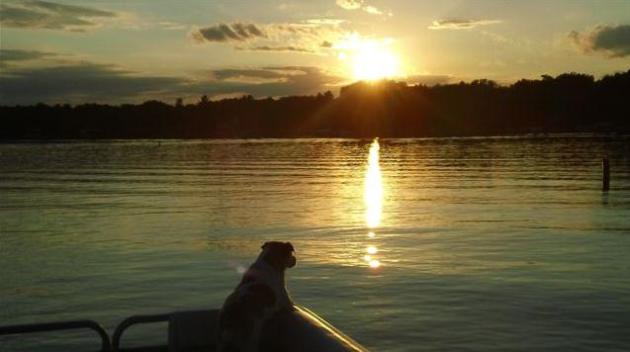
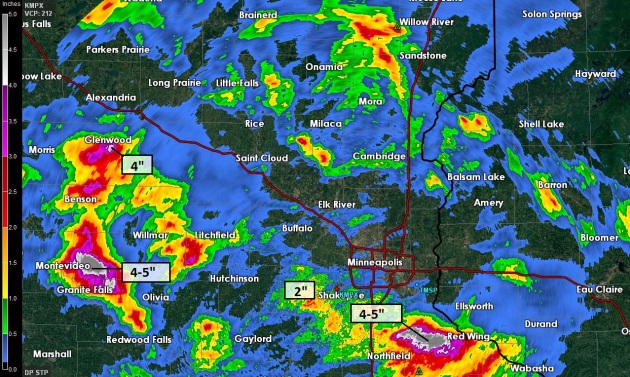
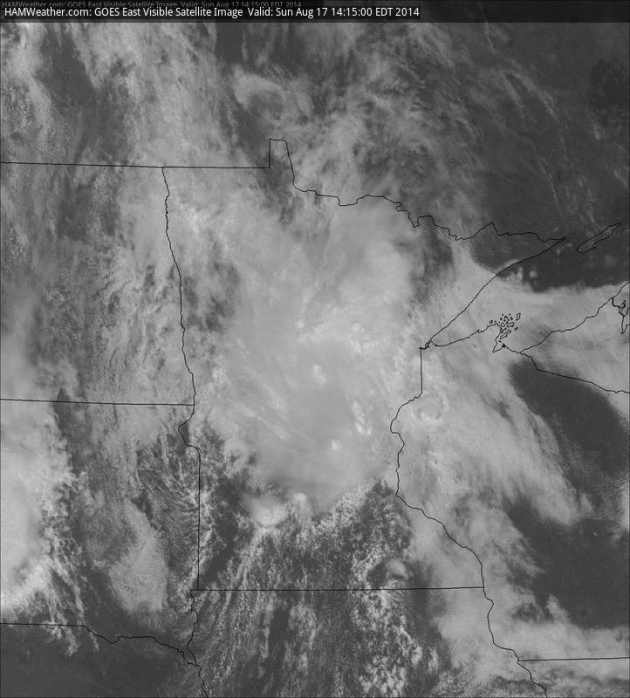
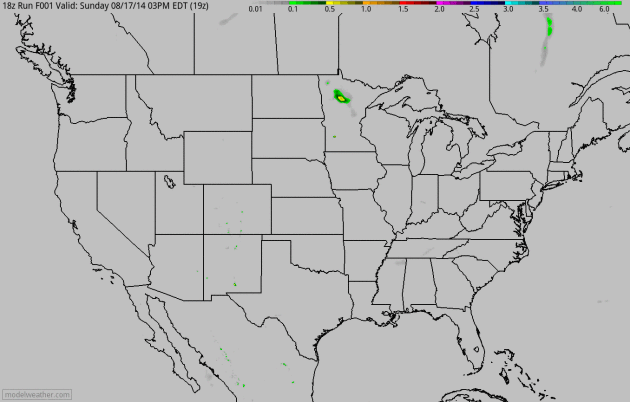
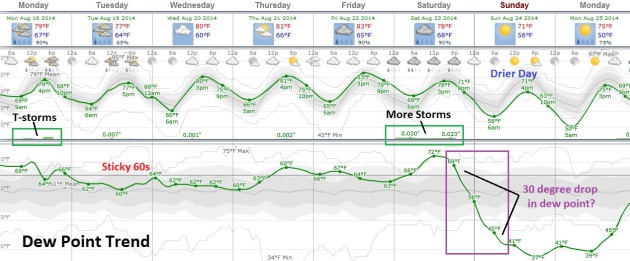

.jpg)


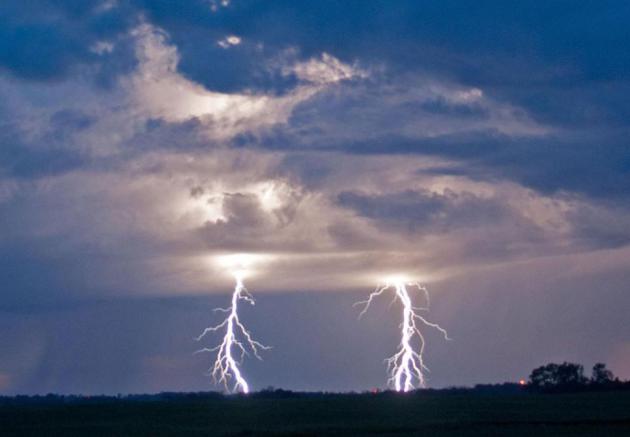
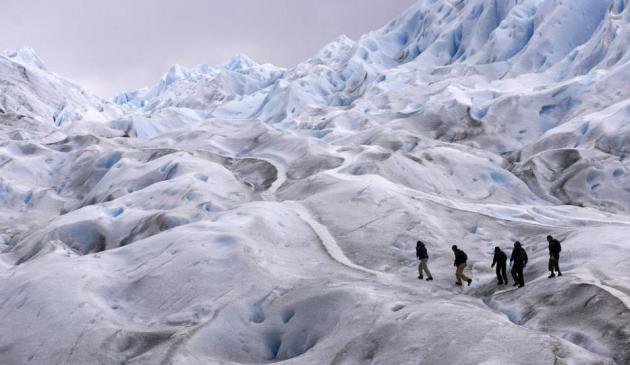
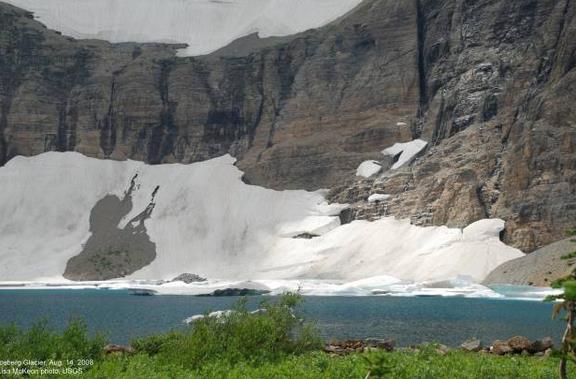

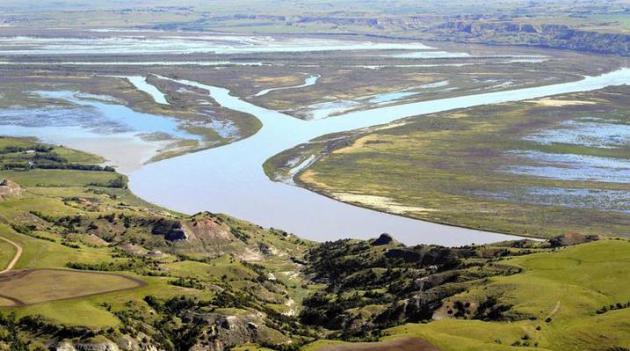
No comments:
Post a Comment